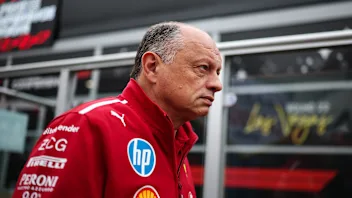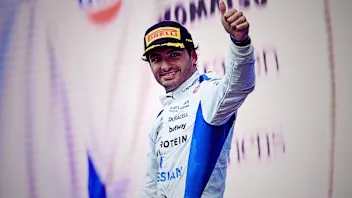TECH TUESDAY: How McLaren turned their car's fortunes around through the first half of the season

.webp)
As we reflect on the first half of the 2023 season, it is quite clear that the most improved car during that time has been the McLaren MCL60, which began the year towards the back and is now a podium regular that has even occasionally led races.
It has been a season of three distinct segments for this car, with the steps being defined by two major upgrades – the first at Baku for race four and the next for race 10 in Austria – with the latter then refined by a further tweak at Silverstone for race 11.
Next Up
Related Articles
 Celebrating the first F1 Allwyn Global Community Awards
Celebrating the first F1 Allwyn Global Community Awards Vasseur says he misjudged impact of switching focus to 2026
Vasseur says he misjudged impact of switching focus to 2026 F1 CEO Domenicali reflects on 'phenomenal' 2025
F1 CEO Domenicali reflects on 'phenomenal' 2025 GALLERY: Check out renders of the innovative 2026 car
GALLERY: Check out renders of the innovative 2026 car ExclusiveWhy Sainz feels ‘vindicated’ after his first Williams year
ExclusiveWhy Sainz feels ‘vindicated’ after his first Williams year 10 ways to get your Formula 1 fix during the winter break
10 ways to get your Formula 1 fix during the winter break
